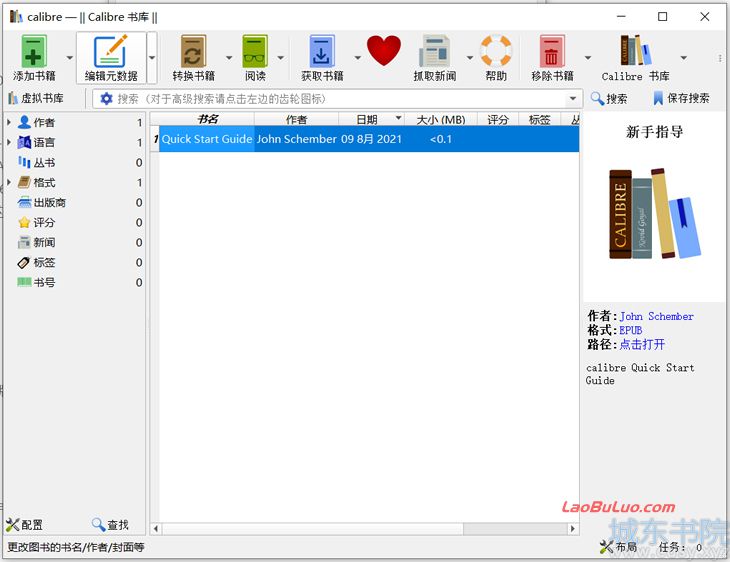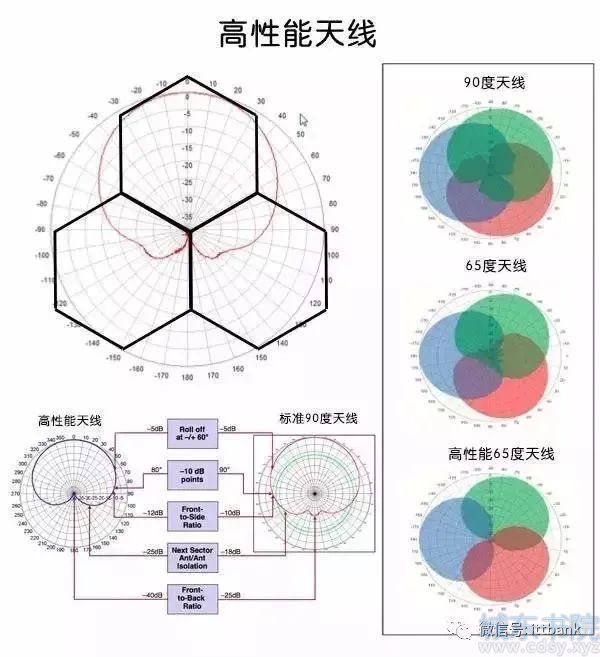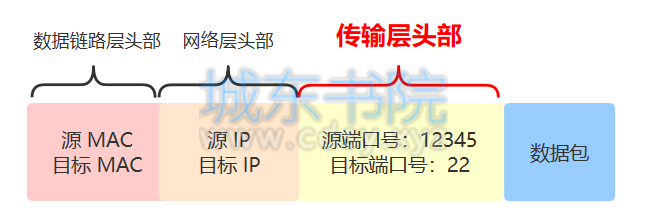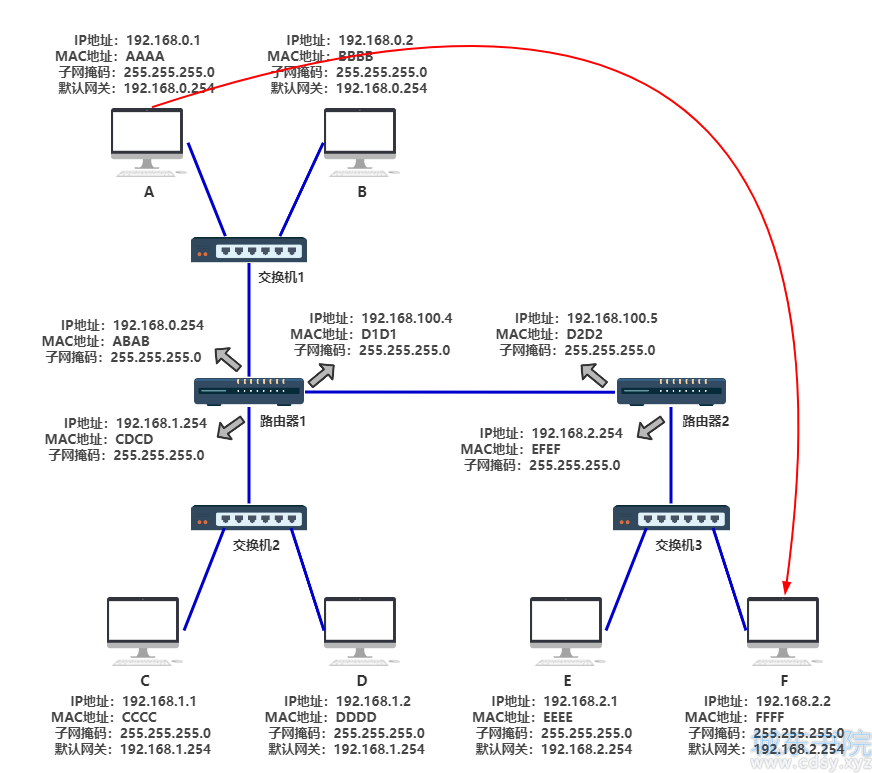isdigit()_C语言isdigit()详解:判断一个字符是否是十进制数字
时间:12-25来源:作者:点击数:
int isdigit ( int c );
isdigit() 用来检测一个字符是否是十进制数字。
十进制数字包括:0 1 2 3 4 5 6 7 8 9
标准 ASCII 编码共包含了 128 个字符,不同的字符属于不同的分类,我们在 <ctype.h> 头文件中给出了详细的列表。
参数
-
c
要检测的字符。它可以是一个有效的字符(被转换为 int 类型),也可以是 EOF(表示无效的字符)。
返回值
返回值为非零(真)表示c是十进制数字,返回值为零(假)表示c不是十进制数字。
实例
#include <stdio.h>
#include <stdlib.h>
#include <ctype.h>
int main ()
{
char str[]="1776ad";
int year;
if (isdigit(str[0]))
{
year = atoi (str);
printf ("The year that followed %d was %d.\n", year, year+1);
}
return 0;
}
运行结果:
The year that followed 1776 was 1777.
isdigit() 函数用来检测 str 字符串的首个字符是否是十进制数字,如果是,就调用 atoi() 函数将 str 转换为整数。
拓展阅读
我们在编写C语言程序时,通常使用 char 类型来表示一个字符,而 isdigit() 的参数却是 int 类型,这是为什么呢?请猛击《为什么<ctype.h>中的函数参数都是int类型》一文了解详情。
方便获取更多学习、工作、生活信息请关注本站微信公众号



推荐内容
相关内容
- struct lconv_C语言struct lconv详解:包含了与数字和货
- localeconv()_C语言localeconv()详解:返回区域设置中与
- WEOF_C语言WEOF详解:宽字符版的文件结束标志
- wint_t_C语言wint_t详解:足以容纳所有宽字符的整数类型
- wctype_t_C语言wctype_t详解:用来表示宽字符分类的标量
- wctrans_t_C语言wctrans_t详解:用来表示宽字符转换的标
- wctype()_C语言wctype()详解:返回一个标量类型的字符分
- wctrans()_C语言wctrans()详解:返回一个标量类型的字符
- towctrans()_C语言towctrans()详解:字符转换函数(将字符
- iswctype()_C语言iswctype()详解:判断宽字符是否属于某
栏目更新
栏目热门






 湘公网安备 43102202000103号
湘公网安备 43102202000103号